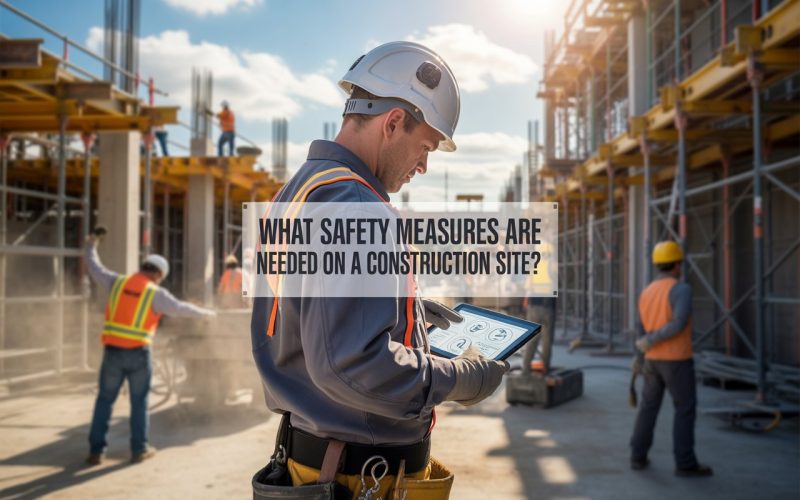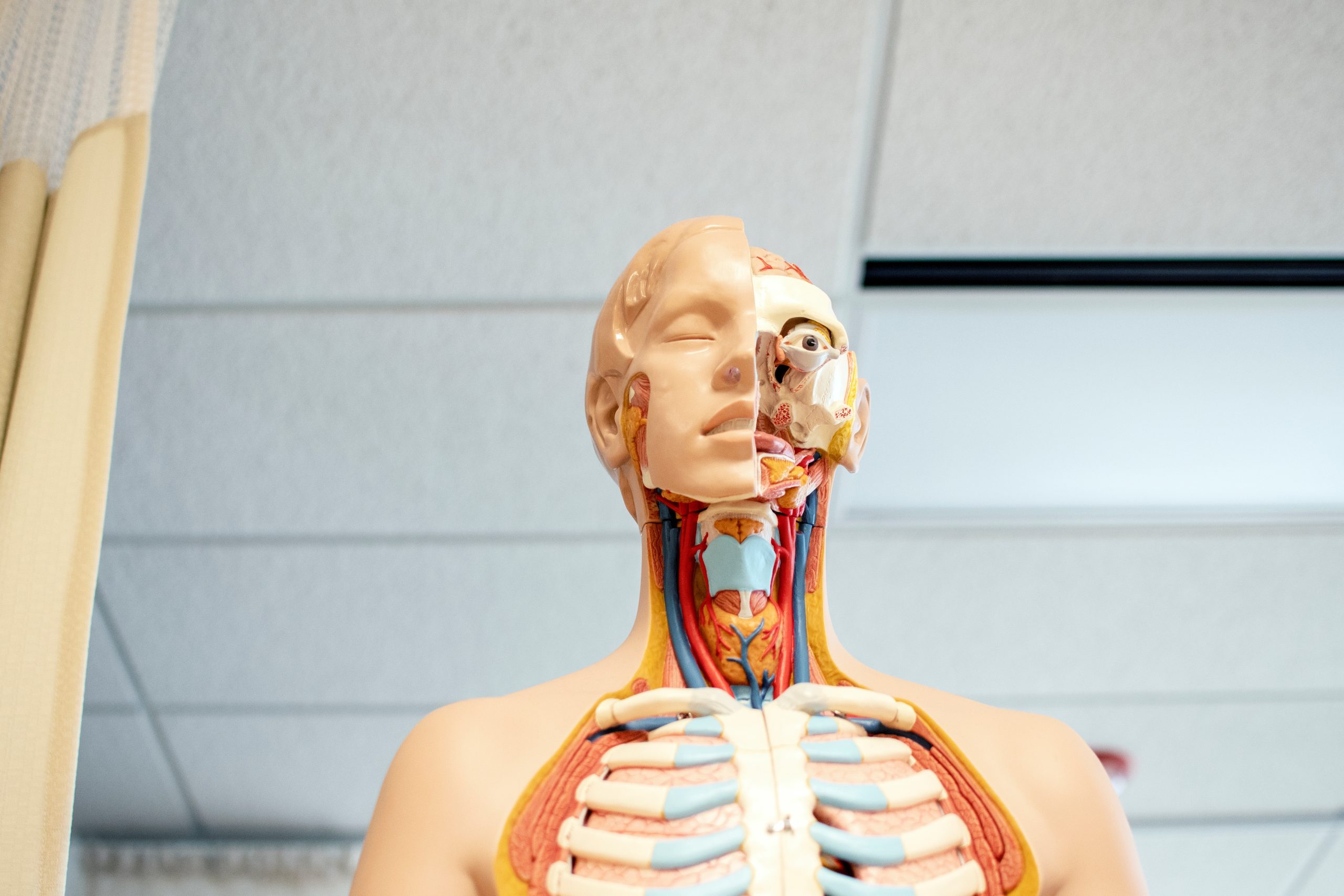Introduction
Safety measures in construction sites are crucial now more than ever. Due to the presence of heavy equipment, ongoing construction, and the ever-looming danger of an unstable structure, injuries are a real possibility. For this reason, construction firms and companies implement policies that include the use of PPE and hazard controls. Workers also need to be trained in emergency response, risk reporting, and tool management. A safe site goes beyond simply protecting people; it helps keep the project on schedule, thus avoiding delays. With effective safety procedures in place, companies can increase their speed and accuracy while minimizing accidents on site.
Why the Construction Site Safety Measures are More Relevant Today
The construction industry is ever-evolving, bringing new technology and strategies into play. While this is great for business, it often results in an array of equipment, machinery, and services situated in the same location. This is where effective safety measures in construction site come in. Without them, there is a very real chance that something will go wrong at any second. There are numerous possibilities, such as electric shocks, falling, or even hefty machinery malfunctions.
This is why you need to have the right PPE, observe construction site regulations and signs, and understand all the safety processes. These measures do not only protect the employees. They help minimize project delays, keep companies compliant with laws, and minimize idle or downtime. There is no room for flexibility in today’s environment.
Core Safety Measures for Every Construction Site
There are essential rules every site must follow. Workers should always wear appropriate PPE, such as high-visibility vests, hard hats, and safety goggles. Site managers must set up physical safeguards like railings and warning tape to prevent falls or entry into unsafe zones.
Daily site clean-up helps avoid slips, trips, and falls. Supervisors need to check that all construction tools and equipment are in good condition. And everyone on-site must report safety issues immediately. These aren’t just good ideas. They’re lifesavers.
OSHA Safety Guidelines Every Construction Site Must Follow
The Occupational Safety and Health Administration (OSHA) provides specific rules. These include the use of standard operating procedures, proper equipment usage, and ongoing safety training. Every site needs to perform regular inspections and enforce safety instructions clearly.
To remain compliant, employers should complete OSHA 30 certification, especially for supervisors. OSHA 30 online is also available, making training easier and more accessible. Completing the full OSHA 30 hour training is a smart investment to ensure worker compliance and avoid costly fines.
| OSHA Requirement | What It Covers |
| PPE Guidelines | Head, eye, hand, and foot protection |
| Fall Protection | Guardrails, harnesses |
| Tool Safety | Tool inspection and safe use |
| Site Cleanliness | Debris removal, waste control |
| Emergency Plans | Alarms, emergency response procedures |
Preventing Common Hazards with Proactive Safety Measures
Some dangers show up again and again: falling debris, exposed wires, and machinery mishaps. The best defense is prevention. Install engineering controls like barriers and ventilation. Always inspect tools before use to catch defects early.
Introduce regular toolbox talks to improve hazard awareness. These short meetings keep everyone alert. Implementing site-specific safety measures helps tackle unique dangers in each location. It’s about staying one step ahead.
Emergency Plans and Incident Reporting Systems That Work
Accidents can still happen. That’s why having an emergency response plan is critical. All workers should know the steps to take, from first aid to calling 911. Clear signage and safety signs must mark escape routes and fire extinguishers.
You also need a system for near-miss reporting and hazard reporting. These tools help spot patterns before they lead to injury. Fast emergency crisis management depends on knowing the risks in real time.
The Importance of Clean and Organized Workspaces
Messy sites are dangerous. Tools left lying around can cause serious accidents. That’s why daily site clean-up and workplace organization matter. You should also organize worksite tools and have safe equipment storage spaces.
A clean site boosts efficiency, too. Workers don’t waste time hunting for gear. They stay focused and safe. Cleanliness is not just about looks. It’s about construction accident prevention.
Construction Safety Training and Certification in the USA
Without training, safety measures won’t work. Every worker needs to understand the risks and how to act. That’s where programs like OSHA 30 certification come in. This 30-hour course teaches you how to improve construction site safety through detailed, expert-led sessions.
With OSHA 30 online, workers can train from anywhere. Many choose OSHA 30 Hour Training because it covers everything from construction safety rules to emergency response procedures. It’s the best way to implement construction safety solutions that actually work.
Real Case Studies: When Safety Measures Saved Lives
In a Boston project, a worker slipped on wet scaffolding. But because he was wearing a harness and high-visibility vest, he was spotted and saved in seconds. The emergency response plan kicked in perfectly.
In Texas, tool inspection caught a defect in a saw before it was used. That likely prevented a life-altering injury. These stories show that when you communicate safety instructions effectively, you save lives.
Site-Specific Solutions: Customizing Safety Based on Environment
Not all construction sites are the same. A highway site needs real-time safety data and signs that drivers can see from far away. A skyscraper site demands more hazard control at height.
By assessing each job, managers can implement construction safety solutions tailored to their needs. Think of site induction as your first line of defense. New workers get trained fast on site-specific safety measures that protect them from day one.
OSHA Training and Certification: Building Safer Construction Sites
Training builds a safer workforce. When workers understand risk management in construction, they make better decisions. OSHA offers programs that cover construction tools and equipment, fire hazards, and hazard awareness.
Use courses like OSHA 30 online to train workers without slowing the project. This flexibility helps you reduce safety audit time while keeping everyone safe. Always ensure worker compliance through regular refreshers.
Final Thoughts: Why Safety Is a Culture, Not Just a Checklist
You can’t just tick boxes and hope for the best. Safety is a mindset. When every worker takes part, follows rules, and speaks up, everyone wins. From toolbox talks to reporting safety issues immediately, every action counts.
Construction safety solution isn’t a product you buy. It’s a system you build. With the right safety measures in construction site, your project becomes a place people trust. That’s good for workers and great for business.
FAQs
Q.1 What does OSHA require on a construction site?
OSHA requires proper equipment usage, emergency response procedures, fall protection, and safety instructions posted on-site. They also expect frequent tool inspection and active hazard control.
Q.2 What security is needed on a construction site?
Sites must have fencing, security personnel, cameras, and construction safety rules. Lighting and safety signs help prevent unauthorized access and keep workers aware of risks.
Q.3 What are safety measures in construction?
These include wearing appropriate PPE, having site-specific safety measures, safe equipment storage, and daily site clean-up. Workers must inspect tools before use and follow all posted signs.
2.4 What are OSHA safety measures?
OSHA safety rules cover accident prevention, training, fall protection, and safe equipment storage. Their goal is to protect against hazardous materials, improve construction site safety, and ensure all safety protocols are followed.
visit here to learn about AIMS’ CSCE Certification










